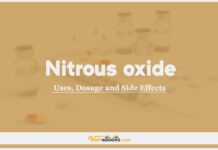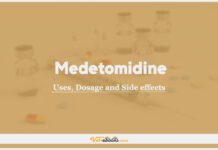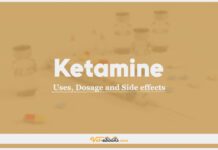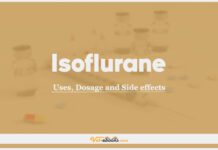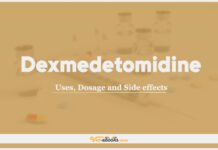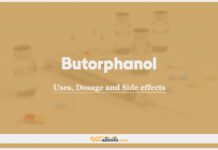Sevoflurane In Dogs & Cats: Uses, Dosage and Side Effects
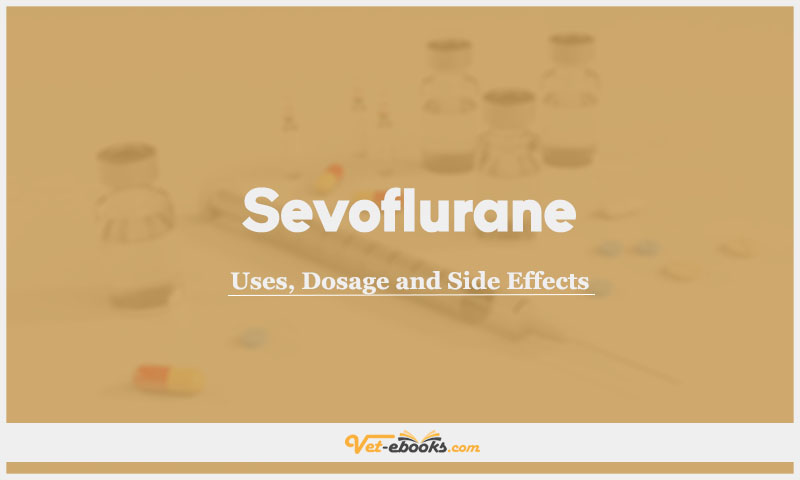
Overview
- The mechanism of action of volatile anaesthetic agents is not fully understood.
Uses of Sevoflurane
- Induction and maintenance of anaesthesia.
Dose of Sevoflurane in Dogs and Cats
Dogs, Cats:
- The expired concentration required to maintain surgical anaesthesia in 50% of recipients is about 2.5% in animals (minimum alveolar concentration).
- Administration of other anaesthetic agents and opioid analgesics reduces the dose requirement of sevoflurane; therefore, the dose should be adjusted according to individual requirements.
- 6–8% sevoflurane concentration is required to induce anaesthesia in unpremedicated patients.
Drug Dosage Calculator
You Should Give:
Side Effects of Sevoflurane in Dogs and Cats
- Causes dose-dependent hypotension that persists over time.
- Sevoflurane’s impact on respiration is dose-dependent and comparable to isoflurane, being more depressant than halothane.
- Crosses the placental barrier, affecting neonates delivered by caesarean section.
- When degraded by soda lime, it produces nephrotoxic compounds, particularly Compound A, in rats.
- Conditions accelerating degradation (e.g., low gas flows, high absorbent temperatures, and high sevoflurane concentrations) should be avoided in lengthy operations.
- No studies in dogs have shown Compound A to accumulate in concentrations causing renal toxicity.
- Caution is needed with sevoflurane use due to its potential hypotensive effects, impact on neonates, and generation of nephrotoxic compounds under specific conditions.
Contraindications of Sevoflurane in Dogs and Cats
- No information is available.
Some Notes:
- Sedatives, opioid agonists, and nitrous oxide decrease the concentration of sevoflurane needed for surgical anesthesia.
- Sevoflurane has a similar impact on the duration of action of non-depolarizing neuromuscular blocking agents as isoflurane, resulting in greater potentiation than halothane.
- Sevoflurane, a potent and highly volatile anesthetic, should only be administered using a calibrated vaporizer.
- It is less soluble in blood compared to halothane and isoflurane, leading to quicker induction and recovery from anesthesia.
- Sevoflurane has a milder smell than isoflurane, making it well-tolerated during induction using chambers or masks in small dogs and cats.
- The required concentration of sevoflurane depends on the overall anesthesia protocol and should be adjusted based on clinical assessment of anesthetic depth.
- Rapid recovery follows the cessation of sevoflurane administration, sometimes accompanied by signs of agitation.
- Unlike halothane, sevoflurane does not sensitize the myocardium to catecholamines to the same extent.
Tip
Do You Want To Increase Your Veterinary Knowledge and Practical Skills?
You Can Now Browse and Download +3000 Books For Veterinary Professionals & Students Online.
Download Veterinary Books





